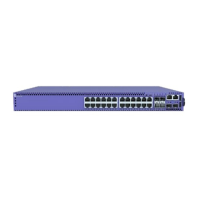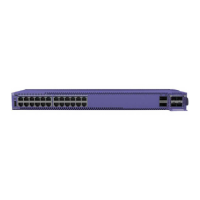Figure 36: Graphical Representation of a Ring Topology
Figure 37 shows what the same ring topology would look in actual practice. Each
switch in the rack is connected to the switch above it and the switch below it. To
complete the ring, a longer cable connects Switch 1 with Switch 8.
Figure 37: Switches Connected to Each Other in a Ring Topology
Note that, while a physical ring connection may be present, a ring active topology exists
only when all nodes in the stack are active.
Daisy Chain Topology: Not Recommended for Stacking
Stackable switches can be connected in a daisy-chain topology. This is a ring topology
with one of the links disconnected, inoperative, or disabled. A daisy chain can be
created when a link fails or a node reboots in a ring topology, but the daisy chain
topology is not recommended for normal operation.
Connect your stack nodes in a ring topology, not a daisy-chain topology, for normal
operation.
In Figure 38, the nodes delineated as the active topology are operating in a daisy-chain
conguration, even though there is physically a ring connection in the stack.
SummitStack Topologies Build Stacks
60 ExtremeSwitching 5420 Series Hardware Installation Guide

